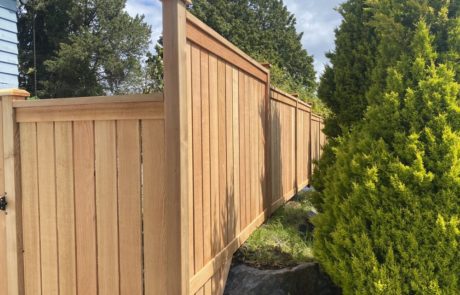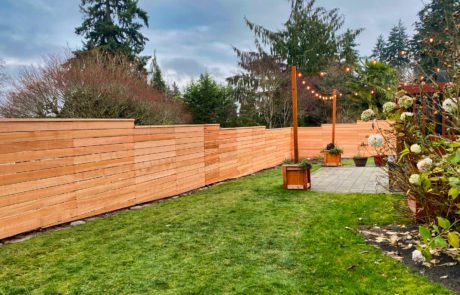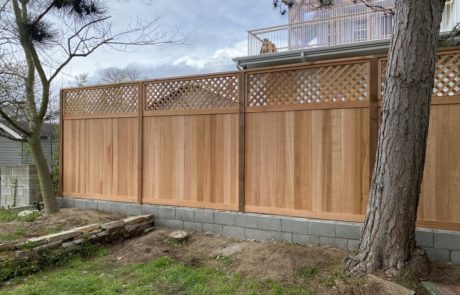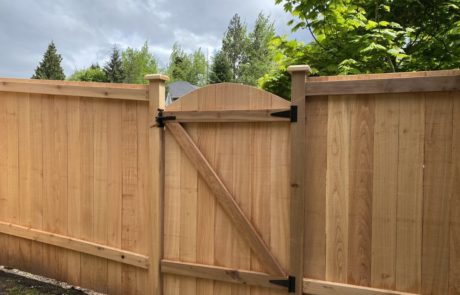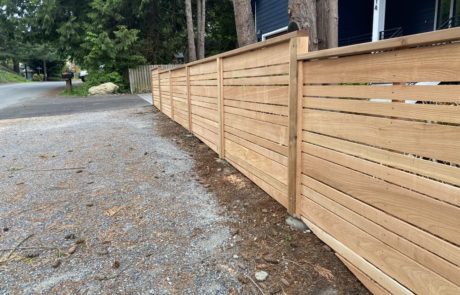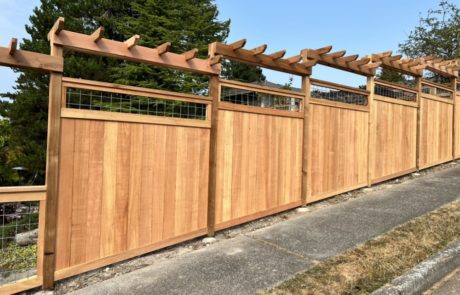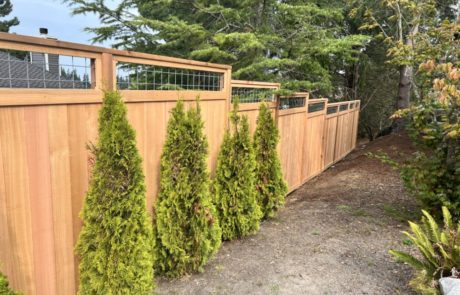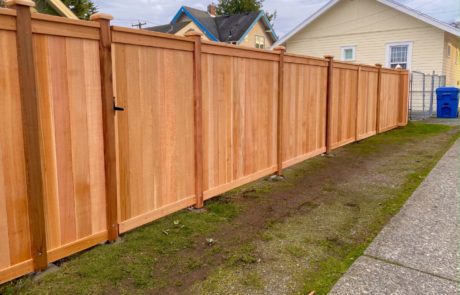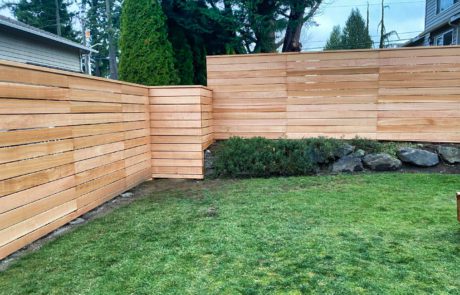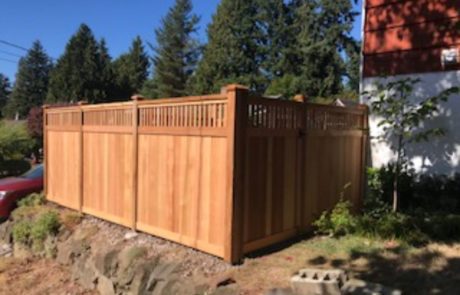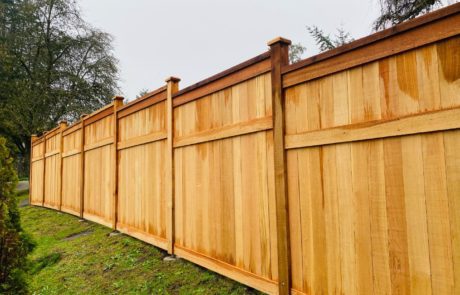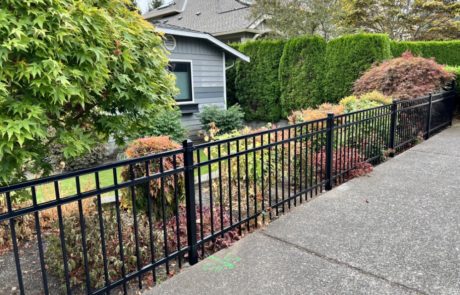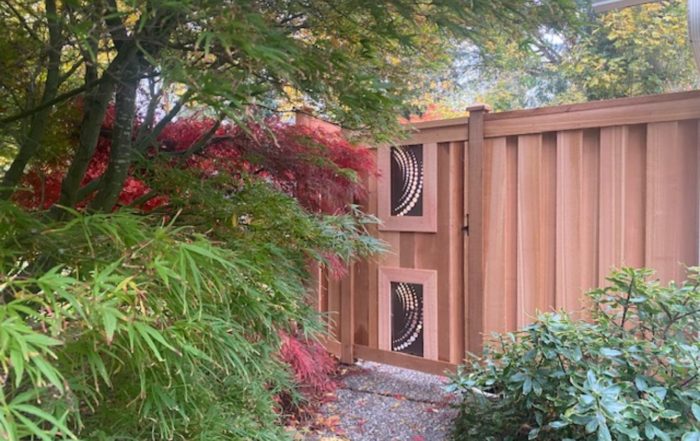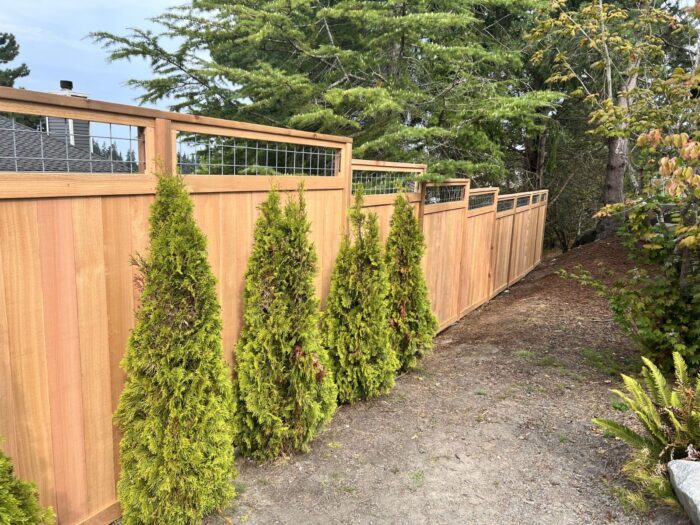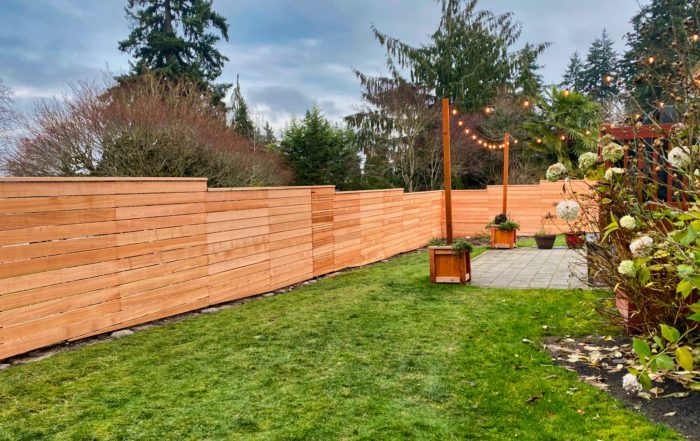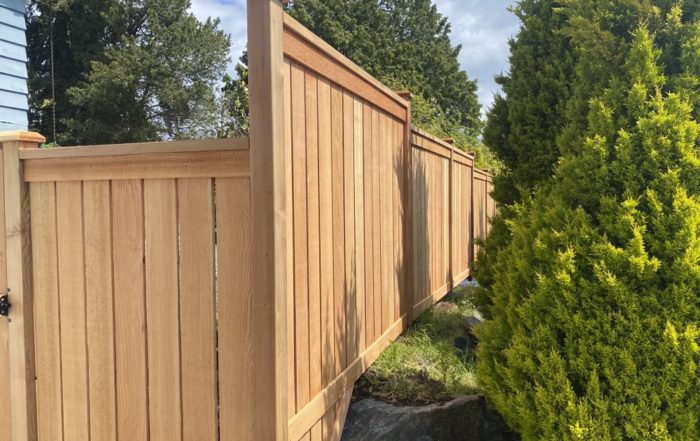Understanding the Fence Pricing in Seattle
Welcome to the Emerald City, also known as Seattle! If you’re a homeowner here, you’ve likely noticed a curious trend: fences in Seattle seem to be significantly more expensive than in other parts of the U.S. Why is that? It’s a question that leaves many scratching their heads, and that’s precisely what we’re here to unravel today. So, let’s dig into the intriguing world of fence costs in the Rainy City!
Comparative Analysis: Fence Pricing Across the U.S.
First things first, let’s get a lay of the land. The average cost of a fence in the U.S. in 2023, according to HomeAdvisor, ranges anywhere between $1,743 and $4,431, with the national average of $3,059.
However, when we start looking at Seattle specifically, you’ll find the prices shooting well beyond this range. Yes, folks, the cost of fencing in Seattle often hits much higher figures compared to other U.S. cities. But why is this the case? Let’s delve deeper.
Diving Deeper: Factors Influencing the High Fencing Costs in Seattle
A. High Cost of Living in Seattle: ‘How Seattle’s High Cost of Living Affects Fence Pricing’
If you’re familiar with Seattle, you’ll know it’s not exactly the cheapest city to live in. In fact, it consistently ranks among the cities with the highest cost of living in the U.S. This reality directly impacts the price of goods and services, including, you guessed it, fencing.
B. Labor Costs: ‘The Impact of Labor Costs on Seattle’s Fence Prices’
Seattle’s labor market is a significant player in this fencing cost game. Due to higher wage rates in the city, the labor costs for any service, including fence installation, are usually more expensive. It’s the simple economics of supply and demand, friends. Higher wages lead to higher service costs, which then contribute to Seattle’s lofty fence pricing.
C. Material Costs: ‘Exploring Material Costs in Seattle’s Fence Market’
Let’s not forget about the material costs. Everything from wood to vinyl to metal is more expensive in Seattle. This means that even before you start erecting that fence, you’re already dealing with higher expenses.
The cost of fencing materials can vary significantly depending on market conditions and availability in the Seattle area. Lumber, for example, is a key component in most fencing projects and is highly susceptible to market fluctuation. The price of lumber has increased dramatically over the last few years due to a variety of factors including increased demand for housing, tariffs on wood from overseas, a global pandemic, and a higher demand for lumber from the construction industry.
The scarcity of skilled labor in the Seattle area
Labor costs are one of the major factors driving up average costs in Seattle. Because the cost of living in the city is significantly higher than national averages it’s naturally harder for contractors to offer competitive rates for their services. This is especially true when it comes to skilled labor, which is in high demand but can be difficult to obtain.
The Influence of Regulations and Codes: Understanding Legal Aspects
Seattle isn’t just known for its Space Needle and delectable coffee; it also has some pretty strict building codes and regulations. These local laws can affect everything from the fence’s height to its design, which in turn can drive up the costs. Yep, navigating the red tape is yet another factor that makes fencing in Seattle a pricier affair.
To ensure that you comply with Seattle zoning and permit requirements when planning a fencing project, it is important to do your research ahead of time. Start by checking with your local municipality to find out what regulations and permits may apply to your specific project.
Permits
In Seattle, you usually need a permit for fences over 6 feet tall. But, rules can vary, so always check with the local authorities.
Height Restrictions
Height matters, folks! Seattle typically allows fences up to 8 feet in the rear yard, but front yard fences are often limited to 4 feet.
Materials and Design
The city doesn’t restrict materials, but your homeowner’s association might. Check with them before planning your dream fence.
Boundary and Setbacks
Be sure you know your property boundaries. Constructing a fence on someone else’s land can lead to legal trouble. In Seattle, you might also need to respect setback requirements, especially in specific zones.
Environmental Factors
Site conditions
The cost of installing a fence in Seattle can also be affected by other factors such as soil conditions, terrain, and access. The type of soil can make it harder or easier to install a fence and may require additional materials or labor. The terrain of the property can also affect the cost if it is hilly or rocky, as more materials and labor may be needed to build a sturdy fence that won’t fall over easily. Finally, access to the site could increase project costs if any obstacles such as trees or buildings need to be moved for the fence installation crew to get onto your property.
Weather
We can’t forget the weather. An unexpected snowstorm in December 2022 caused a lot of damage to area homes which didn’t help matters. Fence contractors are busier than ever, trying to keep up with existing fence repairs and new installations. Damage caused by harsh weather conditions creates demand which can affect prices.
The Impact of a Global Pandemic on the Seattle Fencing Market
As the COVID-19 pandemic unfolded, lumber suppliers were blindsided by a surge in product demand. Rather than an anticipated shatter to sales due to global recessionary pressures, people began investing heavily into home renovations and new construction projects once previously out of reach, now made possible in part by government stimulus funds. This unforeseen upswing created massive shortages across all supply chains related to wood production.
The lumber industry faced a difficult challenge when supply shortages and an unprecedented surge in demand caused prices to soar. The situation was made worse by the shortage of workforce, leaving companies struggling to meet consumer demands. Although things are now more stable, high prices remain prevalent throughout Seattle for this much sought-after commodity.
Tips for Maximizing Your Fence Budget
Research different fencing materials and styles to find the best fit for your needs and budget
Seattle homeowners have a lot of options. Different materials such as wood, vinyl, aluminum, and wrought iron all come with different benefits and drawbacks and can vary greatly in price. Additionally, there are a variety of different fence styles to choose from such as privacy fences, picket fences, shadowbox fences, stockade fences, split-rail fences, etc. Understanding the differences between these materials and styles is key to selecting the best fit for your needs and budget.
Get multiple quotes from reputable fence contractors to compare pricing and services
One of the most important steps is to get multiple quotes from reputable fence contractors to compare pricing and services. A reputable Seattle area professional contractor will provide a free estimate and help you decide what is right for you and where costs can be cut.
As fences require a lot of manual labor to install, it is also important to factor in labor costs when calculating the overall expenses for a fence project. Research local contractors in your area, ask for references and evaluate their experience level before making any decisions. Additionally, it’s crucial to check on regulations related to fence projects before starting any work as this will help you avoid costly fines down the line. Moreover, consider hiring an inspector or engineer who can check that all relevant building codes are met during installation.
Additional tips to help keep the cost of a new fence down:
- If a colored stain is being used you might be able to use a lesser quality wood to cut costs as the grain and knots will be hidden.
- If the fence is especially large you may want to have the work done in stages, to spread out the costs.
- You may be able to save on the price of a boundary fence by sharing costs with your neighbor.
- If using a stain consider doing this part yourself.
- Schedule your new fence for the off-season when business is slower and prices are lower.
- Haul away old fencing material yourself.
- Ask your contractor for tips on where they can save you money and cut costs on your project.
Conclusion
High cost of living, labor and material costs, environmental factors, stringent regulations, and a worldwide pandemic, are the main culprits behind Seattle’s high fence costs. But don’t let that discourage you. With careful planning, some savvy shopping, and a bit of patience, you can still build a fence in Seattle that you’ll love without breaking the bank.

